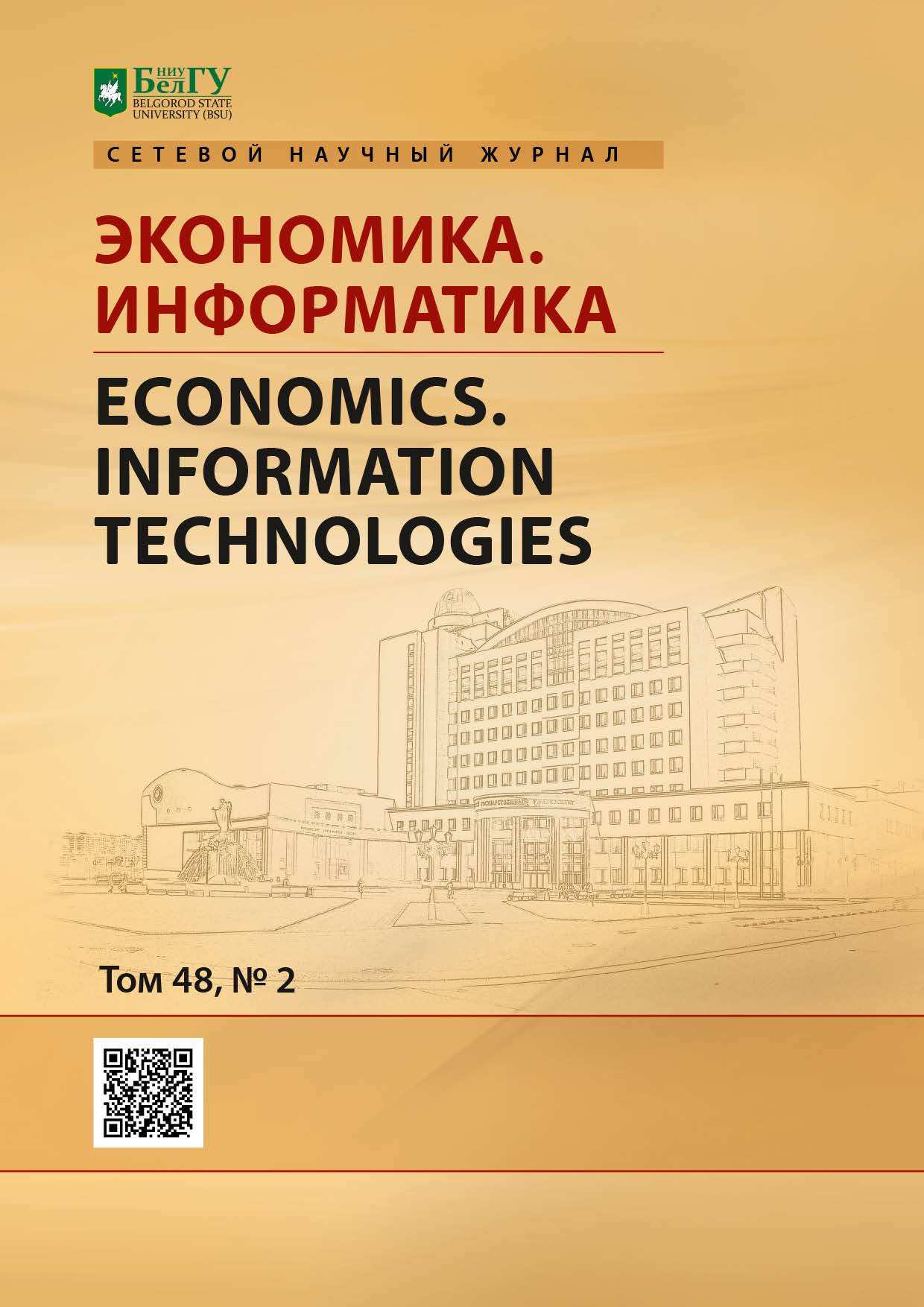Segmentation of scanned handwritten text into word fragments
DOI:
https://doi.org/10.52575/2687-0932-2021-48-2-383-391Keywords:
images of scanned manuscripts, segmentation into word fragmentsAbstract
Currently, one of the main trends in document flow is its implementation in electronic form, which allows the widespread use of computer technology. Quite often, stored documents are images of scanned texts that are either completely handwritten or partially (for example, signatures under the texts). In this case, it is the handwritten part that is often of the greatest interest. An example is the analysis of the frequency of the use of certain words by the author of the manuscript, the task of detecting falsification of signatures, etc. It is important to note that in most cases we are talking about the identification of word fragments based on their assignment to a class defined by some pattern (precedent). In this paper, one of the stages of solving such a problem is considered, within the framework of which fragments of images that do not contain handwritten characters are determined. In this case, a fragment of a string that obviously does not contain handwritten characters serves as a precedent. It is shown that the analysis of manuscripts in this case is advisable to carry out within the framework of subband representations. The basic relations for the decision function are obtained and a training procedure is proposed that makes it possible to construct a critical region based on a given probability of errors of the first kind.
Downloads
References
Афонасенко А.В., Елизаров А.И. 2008 Обзор методов распознавания структурированных символов. В докл. ТУСУРа № 2 (18), часть 1.
Борисов Е. 2008 Сегментация изображения текста. [Электронный ресурс]. URL: http://mechanoid.kiev.ua/cv-text-image-segmentator.html (Дата обращения: 01.04.2019).
Гантмахер Ф.Р. 1971 Теория матриц. М., Наука, 576.
Гонсалес Р., Вудс Р. 2006. Цифровая обработка изображений. М., Техносфера, 1072.
Горский Н., Анисимов В., Горская Л. 1997. Распознавание рукописного текста: от теории к практике. СПб., Политехника, 126.
Грузман И.С., Киричук В.С., Косых В.П., Перетягин Г.И., Спектор А.А. 2002. Цифровая обработка изображений в информационных системах. Новосибирск: НГТУ, 352.
Демин А.А. 2012. Обзор интеллектуальных систем для оценки каллиграфии. Инженерный вестник, МГТУ им. Н.Э. Баумана, 77-48211/478895, 09: 1–25.
Жиляков Е.Г., Ефимов Н.О. 2018. Распознавание фрагментов рукописного текста. Характерные частотные интервалы. Информационные технологии. 7: 481–486.
Жиляков Е.Г., Черноморец А.А. 2009. Вариационные алгоритмы анализа и обработки изображений на основе частотных представлений. Монография. Белгород: Изд-во ГИК, 146.
Мозговой А.А. 2013 Проблемы извлечения рукописных слов из сканированного изображения. Моделирование, оптимизация и информационные технологии. Воронеж 1: 14–23.
Парлетт Б. 1983. Симметричная проблема собственных значений. М., Мир, 382.
Рабинер Л., Голд Б. 1978. Теория и методы цифровой обработки сигналов. М., Мир, 424.
Сорокин А. И., Запрягаев С.А. 2010. Сегментация рукописных и машинописных текстов методом диаграмм Вороного. Вестник Воронежского государственного университета. Серия: системный анализ и информационные технологии. Воронеж 1: 160–165.
Черноморец А.А. Голощапова В.А., Лысенко И.В., Болгова Е.В. 2011. О частотной концентрации энергии изображений. Научные ведомости БелГУ. Сер. История. Политология. Экономика. Информатика. Белгород 1: 103–108.
Zhilyakov E. G. 2015. Optimal sub-band methods for analysis and synthesis of finite-duration signals. Autom. Remote Control, 76:4.
Abstract views: 648
Share
Published
How to Cite
Issue
Section
Copyright (c) 2021 ECONOMICS. INFORMATION TECHNOLOGIES

This work is licensed under a Creative Commons Attribution 4.0 International License.


